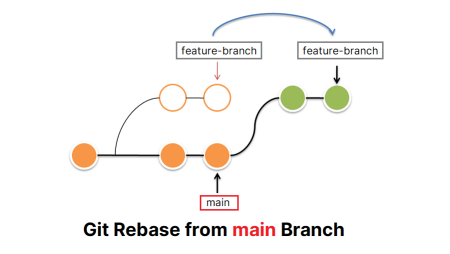The MD5 (Message Digest Algorithm 5) is a widely-used cryptographic hash function that produces a 128-bit (16-byte) hash value. Designed by Ronald Rivest in 1991, it’s used to produce a fixed-size output from variable-length input, which represents the fingerprint of the input.
Why is MD5 Important?
When transmitting data, especially sensitive ones, it’s crucial to ensure integrity. Data integrity refers to the consistency and accuracy of data over its lifecycle. This means if someone sends a piece of data, the recipient should receive it without any accidental (or intentional) alterations. MD5, being a hash function, helps in verifying this integrity.
How does MD5 Work?
The MD5 algorithm processes the input data in 512-bit blocks, each block influencing the hash result. Here’s a simplified view of how MD5 works:
- Padding: The input data is first padded so its length is divisible by 512. Padding is done by adding a single 1 bit followed by necessary 0 bits.
- Appending Length: The original length of the input data is then appended to the result of the previous step.
- Initialization: Four initialized MD5 buffers (A, B, C, D) are used. These buffers are of 32 bits each and are filled with specific values.
- Processing in Rounds: The 512-bit block is then divided into 16 32-bit sub-blocks. The main part of the algorithm operates on each 512-bit block in a series of rounds. Each round has a sequence of logical operations, which include bitwise operations and modular arithmetic.
- Output: After all the rounds are completed, the final 128-bit hash is produced by concatenating the four buffers (A, B, C, D).
Example
Suppose you want to find the MD5 hash of the string “HelloWorld”. Using a typical MD5 hash generator:
Input: HelloWorld
Output: 68e109f0f40ca72a15e05cc22786f8e6
Security Concerns
MD5 was once a popular choice for various security applications like SSL certificates for websites, password storage, and more. However, over the years, vulnerabilities in MD5 have been discovered.
- Collision Vulnerability: One of the main security requirements of a hash function is that it should be computationally infeasible to generate two different inputs that produce the same hash. This property is called collision resistance. Researchers found ways to create different sets of data with the same MD5 hash, which is a critical flaw.
- Speed: Ironically, one of the advantages of MD5, its speed, turned into a disadvantage. Its speed made brute force attacks more feasible, allowing attackers to try billions of combinations in a short time.
Due to these vulnerabilities, many organizations have moved away from MD5 to more secure hash functions like SHA-256.
Conclusion
MD5 was groundbreaking in its time and served as an essential tool for verifying data integrity and security. However, like many technologies, it has been surpassed in terms of security and reliability. While understanding MD5 is valuable from a historical and educational perspective, it’s essential to use more secure alternatives for contemporary applications.

